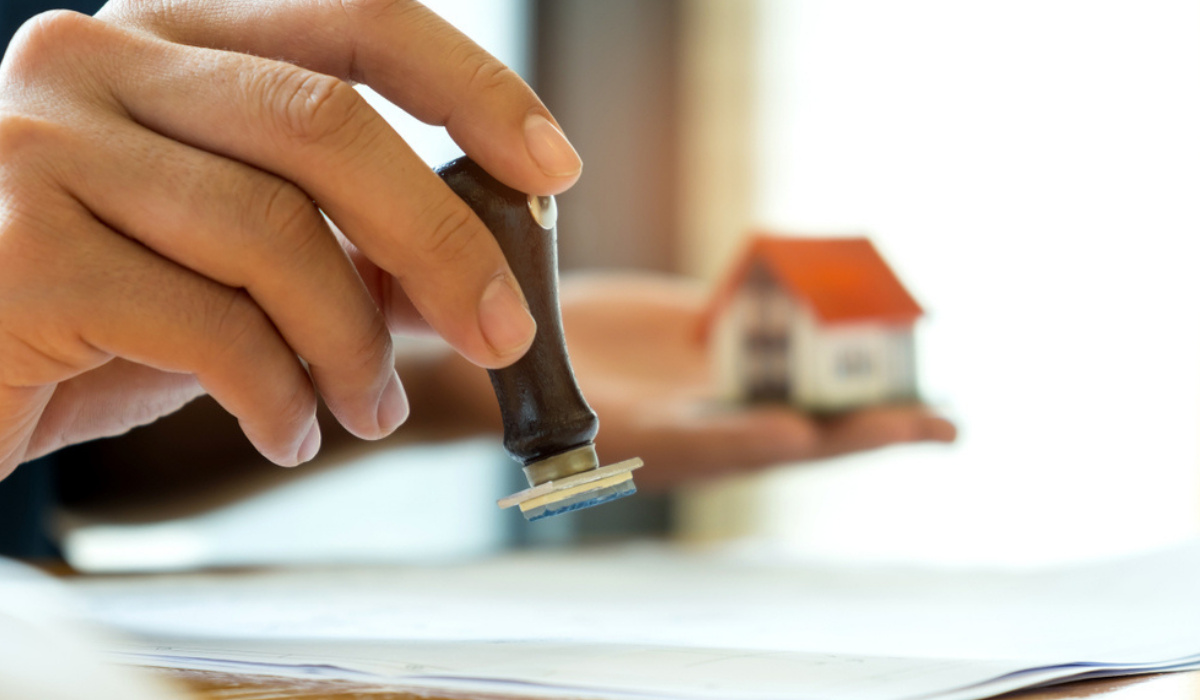Understanding Various Property Stamp Duty Rates in India and How to Calculate Them
Understanding Various Property Stamp Duty Rates in India and How to Calculate Them
Share
When an individual is looking to buy property, the state government levies a certain fee on the transfer of property ownership. This particular fee is known as stamp duty. After the individual pays the stamp duty, a receipt of an acknowledgment for the stamp duty payment is given to the buyer. This receipt is very important as proof of the property’s legal ownership. After the buyer pays off the stamp duty and registration charges along with completing the sale agreement formalities, they would then be considered the rightful owner of the property.
Homebuyers should also know that stamp duty applies tto conveyance deeds, sale deeds, and power of attorney papers. The stamp duty generally ranges between 2%-7%, depending on the particular state and value of the property. Note that this fee will also depend on the state where the buyer is purchasing the property. form

Understanding stamp duty charges and calculating them.
Stamp duty is a fee that is also charged with the property price. Many people do not know this, but even if there is a slight change in the stamp duty fee, this could significantly influence the total cost of the property purchase. It is also important to focus on the registration charges, which differ from the stamp duty fee. In Maharashtra, the registration charges are set at Rs 30,000 for properties valued above Rs 30 lakh.
Importance of paying stamp duty
Paying stamp duty is mandatory, irrespective of whether an individual is planning on buying a property that is under construction, just completed, or is a re-sale. The stamp duty is paid based on either the ready reckoner rate set by the state government or the agreement value of the property. The ready reckoner rate is selected based on multiple factors such as the property’s type, facilities, location, etc. It is advisable to use a stamp duty calculator to help understand the stamp duty one must pay while purchasing a property. Homebuyers would also have to incur the cost of GST ifparcelperty is under construction.
Ways of paying stamp duty
An individual can pay stamp duty either online or offline. For the offline method, a borrower must visit an authorized seller to purchase physical stamp papers that mention all the details of the property agreement. The individual can also contact an authorized franking agent who will stamp their property documents. This will be proof of the stamp duty payment being made. Those wishing to complete this payment online can visit the SHCIL website (Stock Holding Corporation of India) and clear the stamp duty fee. Once the price is completed, an e-stamp certificate will be sent to the buyer.
It is very important to know that it is not common practice for financial institutions to cover stamp duty expenses while offering a housing loan. The borrower will have to pay the stamp duty fee from their pocket.

![Apple reportedly shifts App Store policy to stop adblockers outside of Safari [U: Apple clarifies] 2 Apple reportedly shifts App Store policy to stop adblockers outside of Safari [U: Apple clarifies] 1](https://aws.wideinfo.org/webpostingmart.com/wp-content/uploads/2017/07/12125703/apple-productivity-apps-1-1.jpg)












